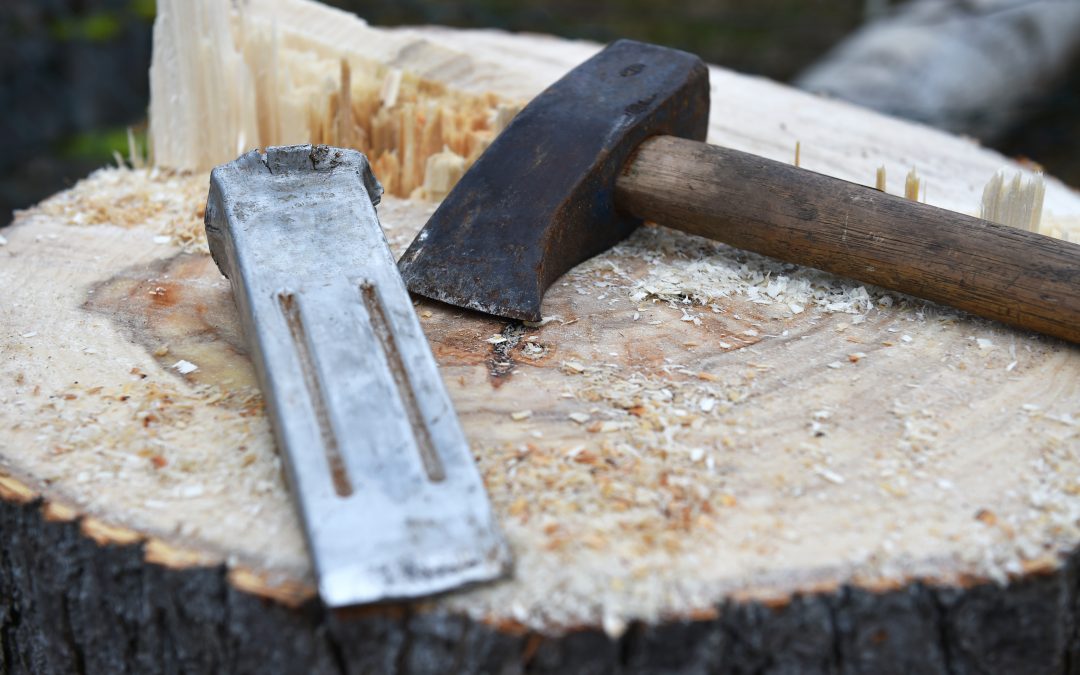Tree wedges assist in controlling the direction of trees falling even if they’re leaning the wrong way. Tree wedges are used by a Tampa arborist to effectively and safely fell trees. Many people believe that tree wedges are only used for felling leaning trees.
A tree wedge is used for that. However, it is also used for trees when felling against the wind, when it’s hard to tell which way the trees are going to fall, or when it has an uneven crown. In these instances, a tree wedge offers more control over the direction and timing of the fall.
Tree wedges are crafted for two things:
- Tip the tree over the way you desire it to fall
- Keep your chain and bar from getting pinched when performing a felling/back cut
Consider your tree wedge as a lift when felling a back-leaning tree. The goal is to get the center of the tree up and over the hinge. This might seem like a complex project, but the tree wedge is up for the job.
How Tree Wedges Work
A tree wedge works like this: the base of the tree is elevated one inch when the tree wedge is hammered all the way into the back cut so that it is aligned with the tree. However, the top of the tree extends further. Based on the height and diameter of the tree, the tree top can expand many feet, altering the tree’s center of gravity.
Most likely, you’ll need a number of wedges to get the task done. For little trees, one may be enough. For larger trees, three or four tree wedges might be needed. The more wedges you use, the more significant the leverage to tip over the tree.
There are plenty of fascinating methods for using tree wedges to handle even the most complicated trees. You can learn more about efficient tree wedge usage by signing up for a chainsaw safety class. Contact a Tampa tree service company to see when and where any are being taught. You could try to use tree wedges yourself, but your safest bet is to hire tree contractors to do the work for you.



